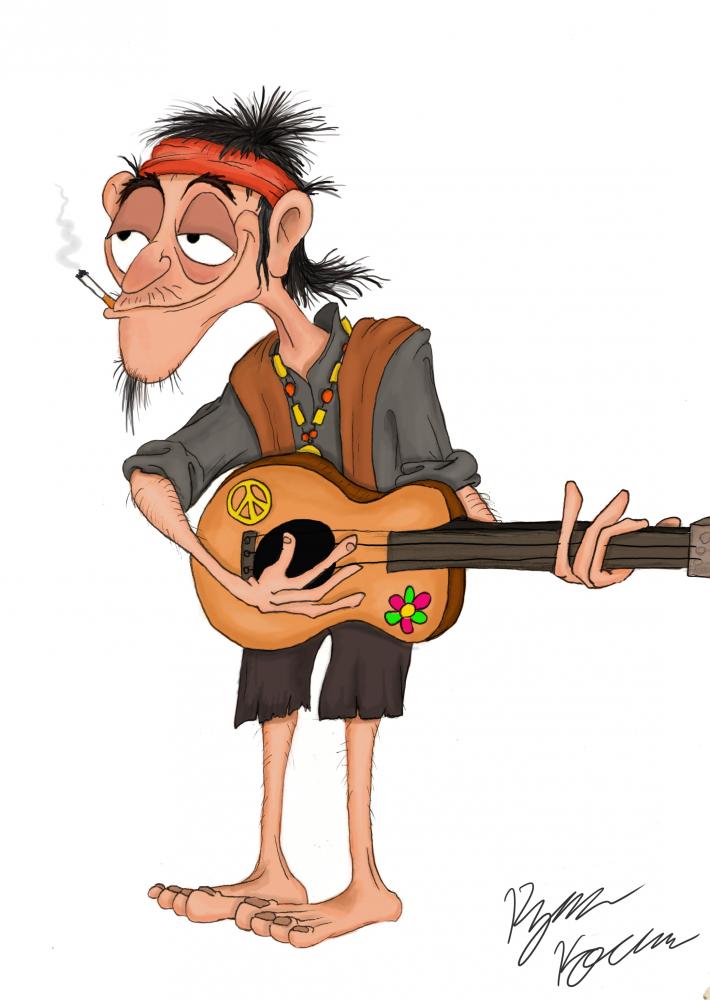Strength In Peace
by Kevin Zampieron | published Sep. 4th, 2015
Whether the term brings to mind the image of a lone man standing in front of a tank or a group of students locking arms on their campus quad, nonviolent resistance is a concept found deep into our collective cultural identity. You would be hard pressed to find someone who hasn't learned about the demonstrations of Martin Luther King Jr. or Mahatma Gandhi in their history class.
But as mass civil unrest leaps off the page of your history textbook and onto the evening news, some have become cynical about peaceful protests' feasibility in enacting real change. Some even downplay the successes of nonviolent resistance in favor of more militant protest. Although violence may be a cathartic release in the face of systemic injustice, nonviolent demonstration remains the most effective form of protest.
The effectiveness of nonviolent movements on a large scale is indisputable. In a
Not only do nonviolent demonstrations attract a more diverse crowd, but the methods of protest are themselves more varied. A violent protest is limited to the direct physical actions of the protesters. Nonviolent protest allows a greater breadth of protest methods. While nonviolent demonstrations can be physical with sit-ins and protest marches, they also come in the form of boycotts, protest art and activist journalism.
For example, in February of 2012, the band Pussy Riot was arrested for their performance in Moscow's Cathedral of Christ the Savior. This was a protest of the the Russian Orthodox Church’s support of Vladimir Putin. Even though their protest was simply a performance of a song in a public place, the protest and subsequent trial attracted international attention in favor of Pussy Riot. That small protest succeeded in demonstrating how autocratic Putin's administration was.
The success of a protest movement is almost entirely dependent upon public perception, making nonviolence vital for the success of a movement in the public eye. When Freddie Gray died in police custody in April of 2015, Baltimore exploded in civil unrest. While there were numerous nonviolent demonstrations, the majority of media coverage was devoted to looting and rioting perpetrated by the minority of protesters. This violence allowed detractors to more easily discount the many based on the actions of the few. Unfortunately, one burning building speaks a thousand times louder than even the most righteous nonviolent protest.
As a point of comparison, the New York protests of Eric Garner's death resulted in no major violence or damage to property. Though the protesters practiced civil disobedience enough to make their point, they did so peacefully. The protesters couldn't be dismissed as thugs, forcing the media to focus on the message of the protests instead of the actions of the protesters. Once protesters have been labeled as thugs in the court of public opinion, any kind of honest conversation is waylaid. If conversation isn't possible, legitimate change can't happen.
The Civil Rights Movement and the Indian Salt March may be history to us, but the principles behind their success are not. From both an ethical and practical standpoint, nonviolent resistance is a vastly superior alternative to violent resistance. Though it may not always seem true, a society has an obligation to the needs of its citizens.
Nonviolent political expression through demonstrations gives a legitimate voice to the voiceless in a way that violence doesn't and ultimately can't. Violence can't build; it can only destroy. 



